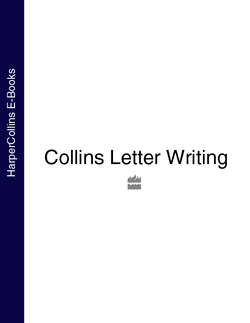Читать книгу Collins Letter Writing - Collins Dictionaries - Страница 8
THE PEN
ОглавлениеThe modern fountain pen was invented by Lewis Edson Waterman in 1883 and technology hasn’t looked back since. Waterman created a special device which managed to slow down the ink feed to the nib and thereby reduced the chances of any extra ink leaking from the pen. The age-old habit, familiar to cinema-goers all over the world, of dipping a quill into an ink pot was instantly eliminated. Writing became faster – and faster still in 1943 when Laszlo Biro, a Hungarian inventor, patented his quick-drying, ball-point pen. Since Biro’s new invention did not leak at high altitude and could even be used underwater, it was offered as a writing tool to US and UK forces during the Second World War. It was an immediate hit. But the revolution had only just begun.
The world’s first ‘proper’ computer was built in 1948. It was called the Manchester Mark I and stored and processed any information fed into it very quickly by use of an electronic transistor.
In 1958 Texas Instruments, an American firm, produced the first integrated circuit or silicon chip. All the electrical components in the computer were now combined into one slice of silicon, a type of quartz which was grown artificially and cut into very thin slices. Up to 500 chips could be made from each of these slices and each of these chips could contain, in turn, up to 500 photographic copies of the design of the electrical circuit. In layman’s terms, silicon chips are minute and contain a lot of information. The silicon chip enabled the arrival, in 1982, of the word-processor as a mainstream writing tool. Nowadays, things are even easier. Computer programmes have been developed which introduce the concept of formula letters, facilitate the addressing of envelopes and introduce the idea of instant mass mailing.
Write a letter by hand rather than using a word processor if you want it to be more personal or intimate.
We now have a whole spectrum of ways to convey our message. The crucial part is deciding which is the right one for you. Just because a word-processing programme exists, this doesn’t mean that you necessarily have to use it. The decision is yours.
Main types of communication:
• handwriting
• word-processed letter
• fax
Ask yourself:
• Is this letter to a friend?
• Is it urgent?
• Is it complicated?
• Is it personal?
• Does it involve figures and charts?
• Should you have written it yesterday?
• In what form would you want to receive this information?
